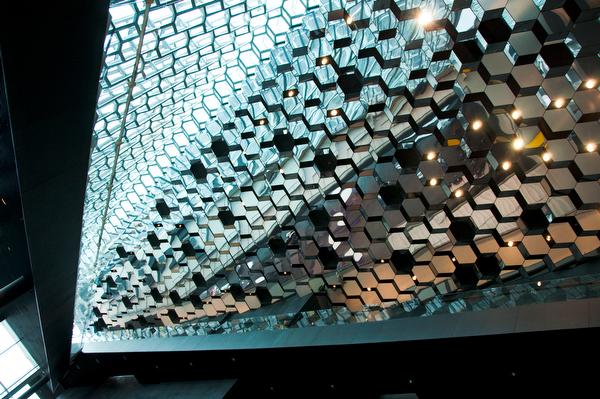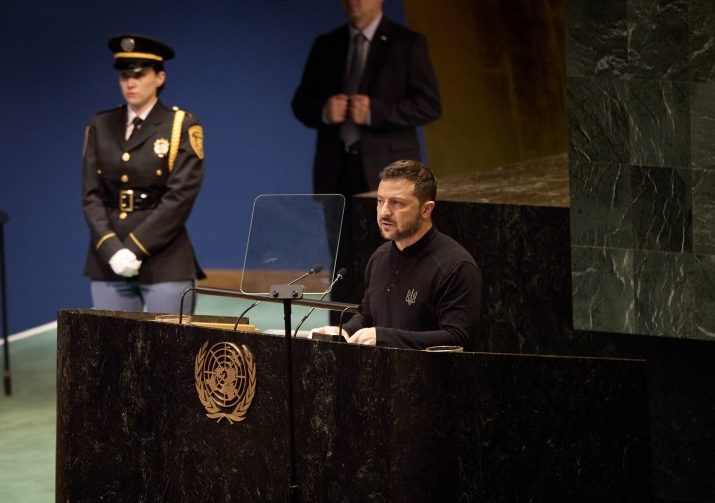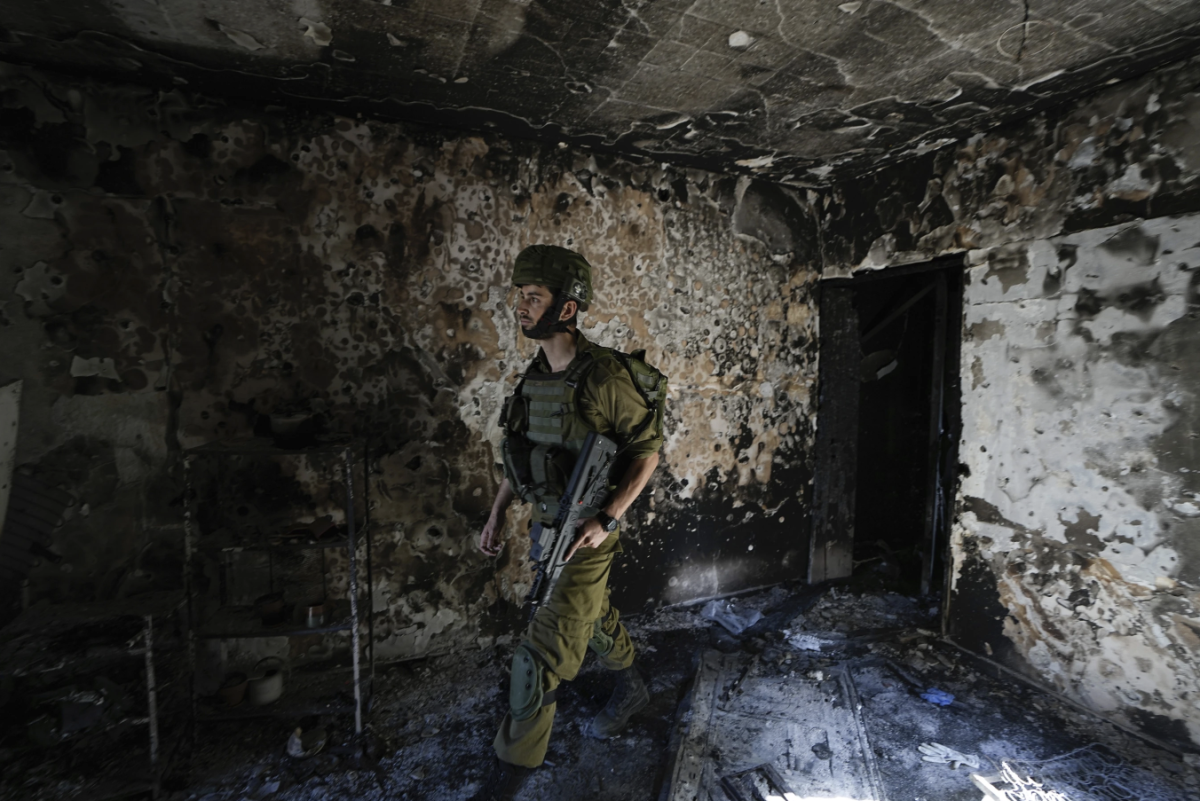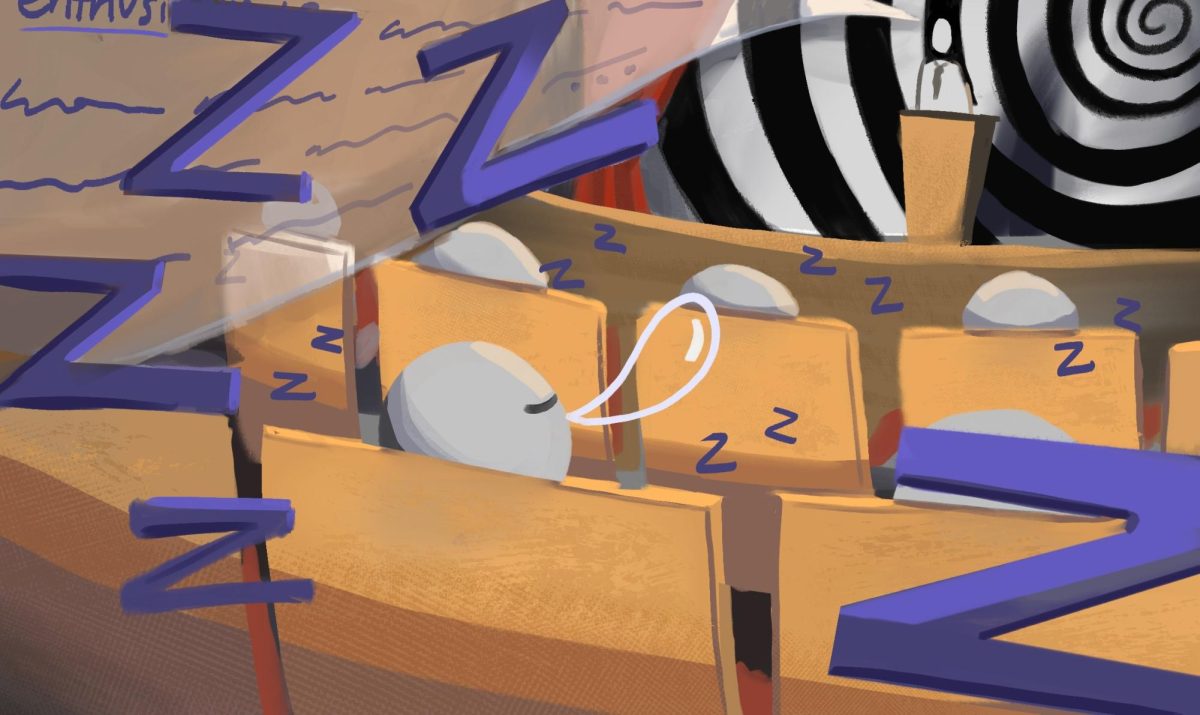What has been a dream for 100 years has finally become a reality. The people of Iceland have longed for a facility that enables them to showcase and foster the growth of their musical culture.
May 4, 2011 marked the beginning of the opening of Harpa, Reykjavik’s new concert hall and conference center, a building designed to capture the defining characteristics of Iceland.
Prior to Harpa’s construction, concerts and other musical performances were held in venues that were unable to support the acoustics, such as the University movie theater.
As an undertaking that began in January of 2007, Harpa has overcome several obstacles throughout the course of its development. A year after its inception, the collapse of Iceland’s banking system launched the country into an economic crisis, bringing the construction process to a halt and endangering its future. As a consequence, Harpa lost its private sponsorship and the project managers were forced to turn to Iceland’s government for support.
Therefore, on the day of the first of three opening ceremonies, citizens protested the disproportionate allocation of national funds. Though peaceful, the demonstration conveyed public discontent that existed throughout the nation for some.
From volcanoes to earthquakes to national financial disasters, the Icelandic peoples have faced numerous hardships. Since the protest, people have come to embrace the hall in a more positive light as it created jobs, boosted morale, and became a cultural symbol. Construction progress continued because the developers recognized Harpa as a testament to the fortitude and “cultural validity” of the country.
Lack of sponsorship continues to be an obstacle because more pressing problems seem to garner more attention and overshadow the preservation of the “essence of community.”
Aritistic director Steinnun Birna Ragnarsdóttir said, “In hard times, it is important we stand strong in what [we] believe in, and we have that in this hall. It’ll be a monument of the future in terms of gaining back what we had lost.” Her enthusiasm is evident—when asked for five adjectives, without hesitation she responded: “incredible, wonderful, fantastic, unbelievable, great.”
The building carries not only symbolic value according to Ragnarsdóttir, but also epitomizes artistic and structural integrity. Artist Olafur Eliasson, in conjunction with Henning Larsen Architects and Batteriio, directed the project.
Scintillating panels arranged in the pattern of Icelandic basalt formations create a glass façade that bring in light to the graphite walls of Harpa.
Eldbourg, the main hall of the house, which was built with a lava rock in mind, is defined by its groundbreaking architectural technique and unique reverberating acoustics. It also houses the upscale Mediterranean restaurant Kolabrautin, which caters to wealthier visitors.
The second largest hall Nordurljos, named after the natural phenomenon aurora borealis, features a “box-in-box” building technique that provides superior noise insulation, adding to the versatility of the building.
Silfurberg, another large hall, utilizes rotating panels that can be switched from resonating wood board to a flexible sound-absorbent material designed in the likes of “silver rock.”
“This is a world away,” tour guide Anna Jóna Dungal said.
Although its original purpose was to serve as a concert hall, Harpa has since evolved into a more versatile structure that accommodates various social events, ranging from operas to film sets to weddings.
August 20 of this year will be the third and last segment of the inauguration of the hall after which the official season will commence. Now that the building is in its final stages of completion, the artists look forward to a wider audience to share in their pride of Icelandic culture.
Slideshow of Harpa:


















![“[Building nerf blasters] became this outlet of creativity for me that hasn't been matched by anything else. The process [of] making a build complete to your desire is such a painstakingly difficult process, but I've had to learn from [the skills needed from] soldering to proper painting. There's so many different options for everything, if you think about it, it exists. The best part is [that] if it doesn't exist, you can build it yourself," Ishaan Parate said.](https://harkeraquila.com/wp-content/uploads/2022/08/DSC_8149-900x604.jpg)




![“When I came into high school, I was ready to be a follower. But DECA was a game changer for me. It helped me overcome my fear of public speaking, and it's played such a major role in who I've become today. To be able to successfully lead a chapter of 150 students, an officer team and be one of the upperclassmen I once really admired is something I'm [really] proud of,” Anvitha Tummala ('21) said.](https://harkeraquila.com/wp-content/uploads/2021/07/Screen-Shot-2021-07-25-at-9.50.05-AM-900x594.png)







![“I think getting up in the morning and having a sense of purpose [is exciting]. I think without a certain amount of drive, life is kind of obsolete and mundane, and I think having that every single day is what makes each day unique and kind of makes life exciting,” Neymika Jain (12) said.](https://harkeraquila.com/wp-content/uploads/2017/06/Screen-Shot-2017-06-03-at-4.54.16-PM.png)








![“My slogan is ‘slow feet, don’t eat, and I’m hungry.’ You need to run fast to get where you are–you aren't going to get those championships if you aren't fast,” Angel Cervantes (12) said. “I want to do well in school on my tests and in track and win championships for my team. I live by that, [and] I can do that anywhere: in the classroom or on the field.”](https://harkeraquila.com/wp-content/uploads/2018/06/DSC5146-900x601.jpg)
![“[Volleyball has] taught me how to fall correctly, and another thing it taught is that you don’t have to be the best at something to be good at it. If you just hit the ball in a smart way, then it still scores points and you’re good at it. You could be a background player and still make a much bigger impact on the team than you would think,” Anya Gert (’20) said.](https://harkeraquila.com/wp-content/uploads/2020/06/AnnaGert_JinTuan_HoHPhotoEdited-600x900.jpeg)

![“I'm not nearly there yet, but [my confidence has] definitely been getting better since I was pretty shy and timid coming into Harker my freshman year. I know that there's a lot of people that are really confident in what they do, and I really admire them. Everyone's so driven and that has really pushed me to kind of try to find my own place in high school and be more confident,” Alyssa Huang (’20) said.](https://harkeraquila.com/wp-content/uploads/2020/06/AlyssaHuang_EmilyChen_HoHPhoto-900x749.jpeg)















